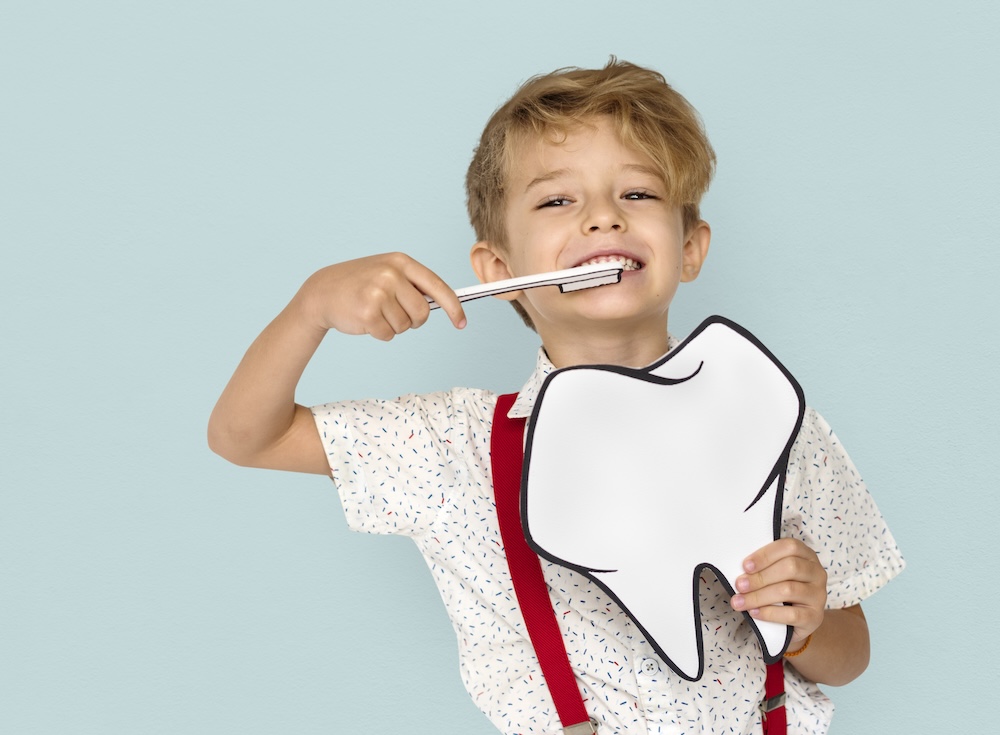There has been conflicting information in the media about fluoride posing health risks, such as reduced intelligence in children and cancer. This will hopefully help clear this up! You may be concerned about your children drinking regular tap water that contains fluoride. However, according to the American Academy of Pediatrics (AAP), when fluoride is used at recommended levels, it is a safe and effective way to prevent tooth decay, and it does not pose a detectable risk of cancer or other serious issues, nor is it linked to lower IQ. The recommended amounts of fluoride in drinking water and toothpaste have been extensively studied and are supported by the AAP, the Centers for Disease Control and Prevention (CDC), and the American Dental Association (ADA).
Benefits of Fluoride for Children
Fluoride is a natural mineral found in water and many foods, and it plays a key role in strengthening the tooth enamel, making it more resistant to acid attacks from plaque, bacteria, and sugars in the mouth. It also helps reverse early signs of tooth decay by rebuilding weakened areas of enamel before cavities form. Children who receive the right amount of fluoride are far less likely to develop cavities and may avoid more invasive and costly dental procedures down the road.
Children can get fluoride from drinking from community water systems that add the mineral to the water supply or by using prescribed supplements if fluoridated water is not accessible. Fluoride can also be applied directly to the teeth through toothpaste, mouth rinses, or treatments given at the dentist’s office. The AAP recommends that parents start brushing their baby’s teeth with fluoride toothpaste as soon as the first tooth appears. If your child is under the age of 3, use only a tiny smear of toothpaste that is the size of a grain of rice. Between the ages of 3 and 6, kids can use a pea-sized amount of toothpaste.
Fluoride Varnish Treatments for Children
Your child’s pediatrician or dentist may recommend fluoride varnish treatments based on your child’s risk of tooth decay. Fluoride varnish is safe and effective, as only a small amount is used. It is quick to apply and harden, and can be brushed off after 4-12 hours. Children do not swallow these treatments, nor would they be able to lick the varnish off their teeth. After the fluoride varnish is applied, your child will be able to eat and drink afterwards. But, it’s best to stick to soft foods that are at a moderate temperature or liquids. Avoid brushing or flossing for at least 4-6 hours.
Routine Dental Check-Ups
It’s important to keep up with your child’s routine dental check-ups for potential cavities and oral health problems that should be addressed as early as possible. The AAP recommends that all infants have oral health risk assessments by 6 months of age. Babies with a greater risk of early cavities should be referred to a dentist as early as 6 months old and no later than 6 months after the first tooth erupts. If you have any questions about fluoride or concerns about your child’s oral health, please call our office.




